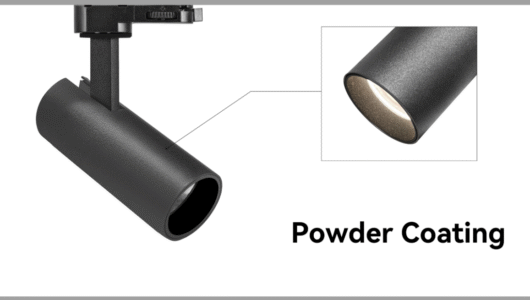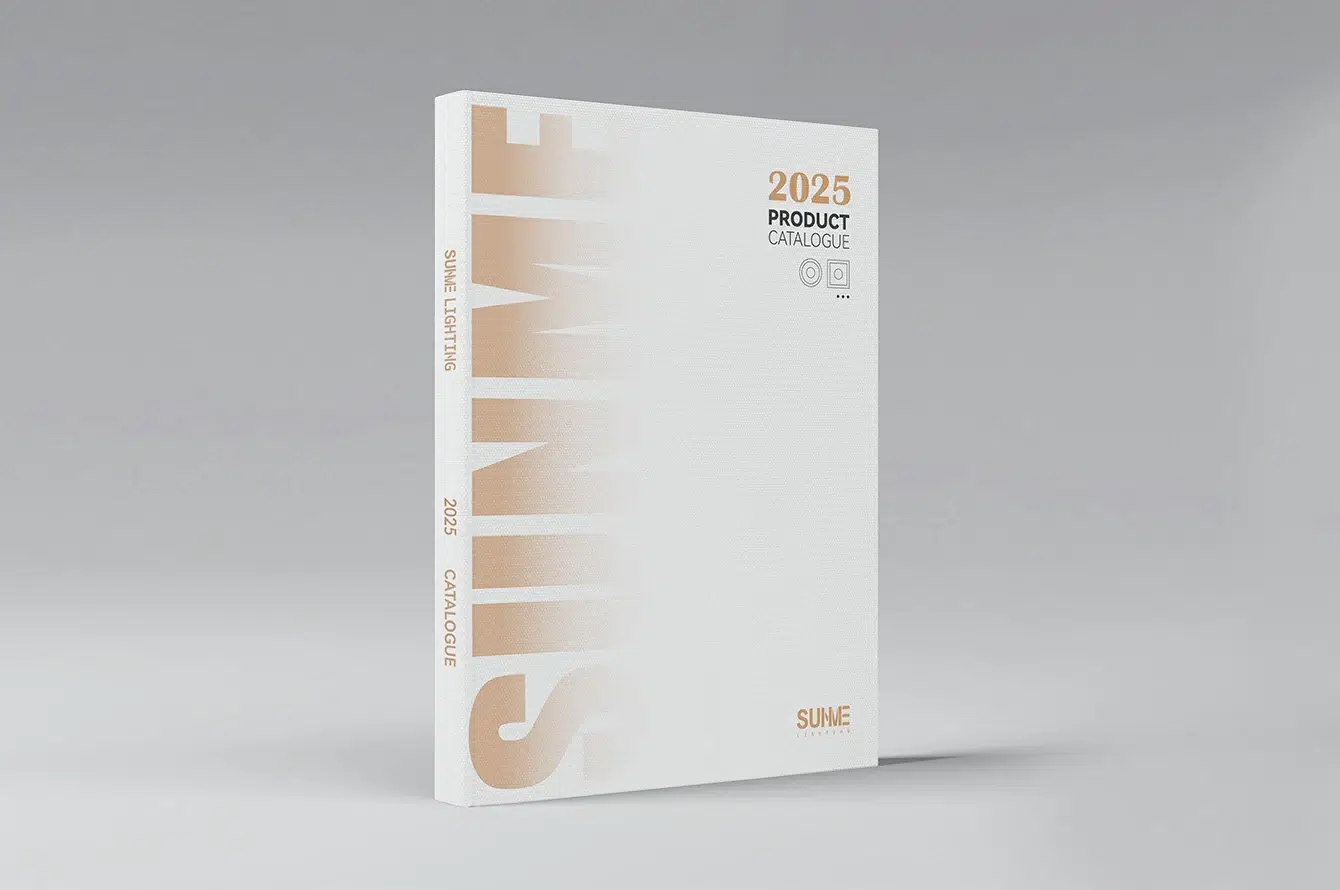When white LED chips are manufactured for lighting, they are similar to each other as far as light output (brightness) and light color are concerned, but any batch will rarely be the same. This is simply the nature of the production process.
These variations in the chips mean that they have to be tested and then sorted so that similar chips are grouped to ensure consistency in light characteristics. This sorting process is called binning and it is performed using specialized equipment. The chips are essentially put into separate containers according to the test results. The goal is to reduce large deviations in output and color in the chips used for a given lighting product. Once the binning of a batch of chips has been completed, they are packaged together and ready to be used in bulbs or fixtures. Higher quality fixtures, like high bays, shoeboxes, flood lights and stadium lights all use chips and are part of this binning process.
When LED-Hersteller develop their binning process, they can opt to use larger (and fewer) bins or smaller (and more) bins. Using larger bins is less costly but produces larger variations in LED-Licht characteristics. Using smaller bins produces smaller variations but costs more and therefore the cost of the final product will be higher.
The two most important criteria (among others such as LED voltage) that are considered when testing the LED chips are Farbtemperatur und luminosity.
- Testing a chip’s luminosity is pretty simple. A set of ranges for lumen output is determined before testing and then chips with similar output are binned together.
- Testing for variations in color temperature is much more complex.
David MacAdam, a color scientist, introduced his research on human color perception in the mid-20th century. He examined color differences in visual observations and mapped them onto a color space. The most commonly used one is the CIE color space from 1931 (as shown in the picture on the left).
The graph shows the color space as an X-Y-Graph, the values for x and y define the chromaticity of a light source.
MacAdam’s observers tended to cluster similar colors as “nearly the same ones”. When MacAdam measured the chromaticity of the cluster, they formed ellipses in the color diagram. The MacAdam ellipses (also known as Standard Deviation Color Matching) represent the area that is noticeable enough to be different from the original light source, indicated as a black point (as shown in the picture to the right).
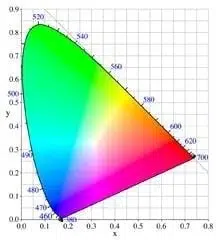
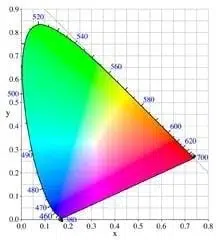
LED Binning is based on MacAdam ellipses that are placed around the center of a reference chromaticity point. It displays areas on the chromaticity diagram that have all colors that are indistinguishable by the human eye from the color at the center. LEDs that are binned according to these areas are guaranteed to have uniform light colors.
Color Temperature and Correlated Color Temperature
The color temperature of a light source is defined in comparison to an idealized black body radiator. The black body emits visible light when heated up. The more it’s heated up, the cooler the color temperature. The lower the temperature, the warmer the light color of the radiator. The temperature range of a black body radiator is called a black body line. The ideal white color chromaticity values are located on that line.
Due to production processes and material, the color temperature of a light source does not lie on the black body curve. The light color is defined as correlated color temperature and is an approximation of the color temperature that is not located at the black body curve but corresponds to lines crossing the black body curve.
Anmeldung
Binning systems manage variations in LED performance like chromaticity and luminous flux during mass production. Manufacturers tend to develop their binning system that fits the production results. Because of this, NEMA published the SSL 3-2010 “High Power White LED Binning for General Illumination”. The paper standardizes the minimum binning areas and ranges (see picture below).
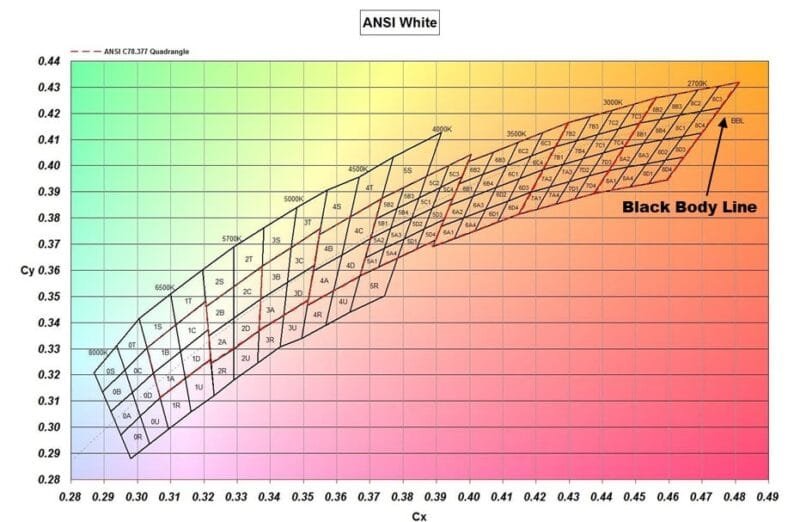
Choosing a small binning is not the overall solution. The manufacturing process is connected to variations. The decision for a small binning will lead to extraordinary costs as all the other LEDs of the same manufacturing sample are hard to sell to other Kunden. The right and wrong approach to binning is not a given. You must first determine which color variations are acceptable for your special product or project.
Talk to the lighting experts at LED Lighting Supply for further advice and information.
Future Prospects
Under the headline “New Binning Strategy for White LEDs” the Technical University Darmstadt in Germany has a new approach to this topic. The researchers want to connect LED binning to visually acceptable chromaticity differences.
Sie haben keine geschäftliche E-Mail? Klicken Sie hier!
Inhaltsübersicht
Sie haben keine geschäftliche E-Mail? Klicken Sie hier!



